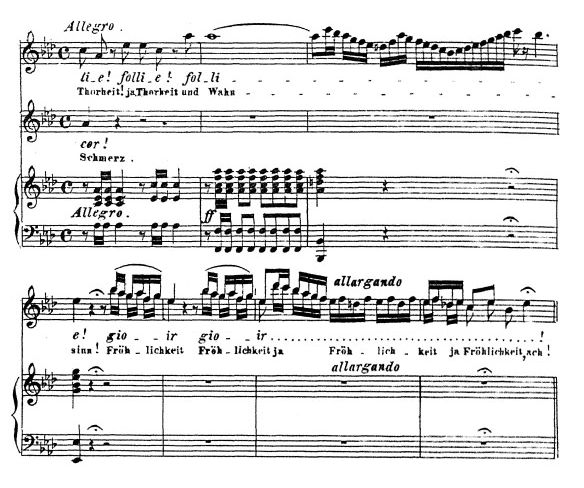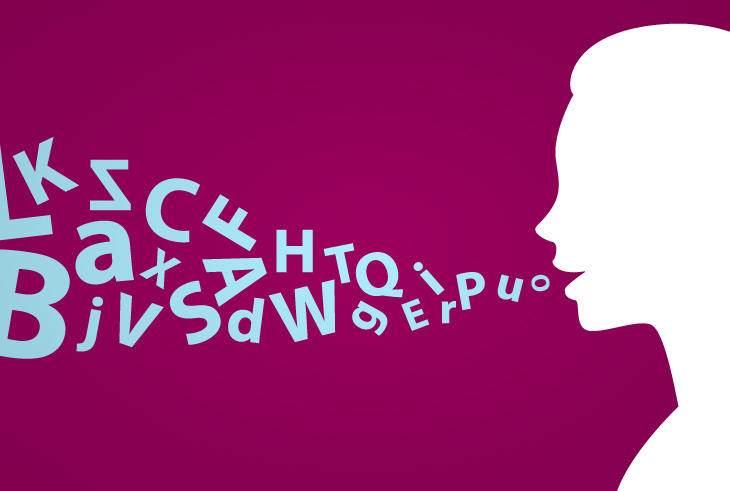
The Middle . . . What Is It?
The “Middle” of the voice. What is this “middle?”
Some have called this the third register which cannot be correct due to the fact that we only have two muscle systems responsible for adjusting the cords – arytenoids and crico-thyroid. Thus, there can only technically be two registers, and these have traditionally been named “chest” and “head” – although “falsetto” would be more accurate than “head” since the sound called “head” is one of coordination between two muscles and not just one muscle in isolation.
Ok, the middle, simply put is when the two main vocal muscles are equally developed and coordinated in a healthy way. The dynamic equilibrium of these muscles, and the resultant adjustment of the cords for the pitch, gives us what people might call the “middle.”
In specifics, this middle is operative from about F below middle C to the D above middle C for men, one octave higher for women – over the span of “do to la.” We can think of this as being the first floor of the vocal home. This is not a raw chest voice nor a breathy falsetto voice, but is both of these voices or muscles working together. It is the “full voice.” Specifically, the middle of the full voice – not low like you would go down in the basement and not high like you would go up into the second floor, but right in the middle, the first floor.
Why is the middle full voice important? In order for this vocal texture to appear, there has to be the right adjustment for the pitch, not sort of, but exact. This means that our muscles are equally developed, doing their jobs, and working totally well together. When this texture of sound appears, it feels to the singer that the step becomes real. Before, it may have been a nebulous feel like trying to stand on a cloud. Now the step appears as being more solid or flexibly firm. The singer or vowel can stand with confidence on this step. There is no breaking or falling – unless the voice is too big, heavy, or loud, the step breaks, and we come crashing through due to excessive weight.
Once this right feel becomes normative, then one can step down and the cords will stay together till one is down in the basement. We can go lower by moving move into a more isolated chest, but it might be hard to get back to a full voice feel. One can also go from the middle, step up into the second floor or upper full voice, and this is all a continuation of the correct balance achieved in the registration that causes the middle full voice to appear.
about the author
Allen Rascoe Allen has been enjoying singing since he was a little kid. He officially studied voice at ECU and USC. However, he ran... Read More

RECENT ARTICLES
-

Career Your Opportunities for a Fulfilling Career in Singing
-

Basic Skills, Beginners, Tips Tips To Improve Your Singing Voice
-

Exercises, Warmups 10 Vocal Warm-ups to Change the Way You Sing
-

Basic Skills, Beginners, Exercises, Songs, Voice Teachers, Warmups What is My Vocal Range – Identify, Master and Expand Your Range
RECENT IN KNOWLEDGE
Recent Topics
- Beginning Voice Lessons (1)
- Breathing Techniques (1)
- Confidence (1)
- Experienced Teacher (1)
- Kids Singing Lessons (1)
- Musical Career (1)
- Practice (1)
- Private Lessons (1)
- Professional Singer (2)
- Sing (1)
- Singing Teachers (2)
- Style (1)
- Teach Online (1)
- Vocal Exercises (1)
- Vocal Health (1)
- Vocal Music (1)
- Vocal Pitch (3)
- Vocal Range (4)
- Voice Coach (1)
- Voice Exercises (2)
- Voice Training (4)
- Young Vocalist (1)
Categories
- Basic Skills (7)
- Beginners (8)
- Career (2)
- CCM (1)
- Contemporary Commercial Music (1)
- Crossing Over (1)
- Exercises (2)
- Online Lessons (3)
- Online Voice Lessons (1)
- Songs (2)
- Students (6)
- Tips (4)
- Vocal Coaches (1)
- Voice Teachers (2)
- Warmups (2)
Testimonials

















